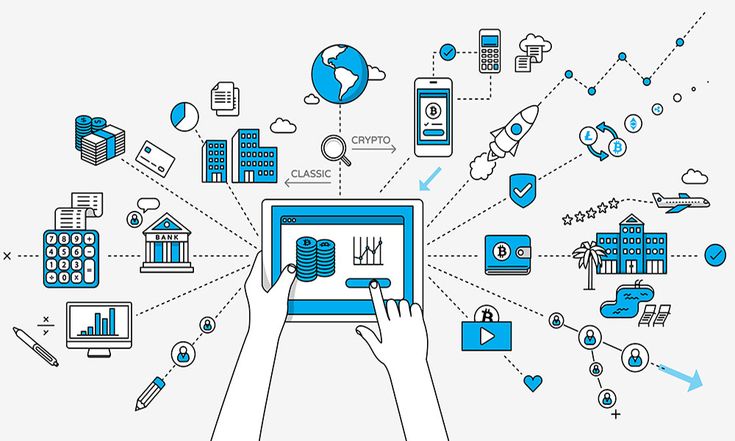
Author: Simone Kohl
· 3 mins read · 1,577 views
How Does Behavior Driven Development Works?
Today it is no longer necessary to spend weeks testing a finished software for functionality. One can easily find out if the application meets the requirements using the Behavior Driven Development technique. Here, you view the software from the user’s perspective. This promotes cooperation between developers, quality managers, and the customer.
What is Behavior Driven Development?
- Behavior Driven Development (BDD) or also called Specification Driven Development is a technique in agile software development. The goal is to strengthen collaboration in quality management and business analysis.
- As software applications become more complex, companys need more quality and test management. This makes it possible to find errors quickly. Test-Driven Development (TDD) has been known for a long time, where unit tests are developed to match the software. To include other team members and stakeholders in the design process, you can use Behavior Driven Development.
- This allows to define the desired requirements by everyone in the team. Then the programmer can create the source code. This means team members can provide descriptions, which the programmer then transforms. This allows everyone to take an active part in the creation. This can avoid misunderstandings and result in an optimal final product.
- BDD thus closes the gap between developers and the rest of the team by fostering collaboration and common understanding. It also works in small and fast iterations to make feedback easier. It also creates system documentation that you can automatically reconcile with the behavior of the system.
Functionality of Behavior Driven Development
The goal of BDD is to show the behavior of the software. You should consider all areas of software development and frameworks, programming languages, and tools. BDD makes exactly this possible.
There are different BDD tools like Cucumber or JBehave, which provide a structure, which is easier than learning a programming language.
Two Features Characterize Behavior Driven Development:
- The first is behavior
- The developer defines the business requirement of a piece of software in such a way that others in the technology domain can understand it. However, this is difficult for stakeholders and other team members to understand. To understand test cases, requirements, and problems, you need to describe the software is described. This also helps stakeholders understand the business value and determine if you met the business objectives. It also facilitates the creation of documentation, specifications, and APIs.
- The second characteristic is language
- This is about the content characteristics. The developer creates the requirements, but this is difficult for team members such as project managers or quality managers to understand. You can use the language to remedy this in BDD technology. The technical documentation of test cases is translated into a language that can be understood by other team members. This also makes the requirements clear in detail for everyone.
Here we have summarized a possible structure:
- Perform a requirements analysis: define goals, tasks, and functionality of the software in this step
- Describe these functionalities in all possible situations in which the software should react
- Record the expected responses in the “assumed-if-then” scheme: “assumed” means the software before the test, “if” during the test, and “then” after the test
Such tools are available, for example, for the most commonly used programming languages Java, JavaScript, or even Python. Some tools replace the word “Accepted” by “Given” or similar, depends on which tool you use.
Behavior Driven Development and Agility
With Behavior Driven Development, you can improve agile work even further. You can make optimizations to existing processes so that the team can work together more optimally and reliably deliver software products that meet the needs of the customers and the team.
Best practices
One example is to formulate a scenario in understandable language that is oriented to the software. This is the “assumption-if-then” scheme described above. Each scenario represents a user story made possible by the software application. For example, logging into a customer account.
Example of Behavior Driven Development
- An account with customer data exists (username, email address, password).
- Assuming the customer logs into the account, when he enters his username and password in the login field, his login should be confirmed, then a confirmation page is displayed
- If the password or username is not correct, an error message should be displayed and also show what was entered incorrectly
- If there is a disconnection, an error message should also be displayed
These sentences you packed in understandable language, are then packaged into executable code using the BDD tools. This determines test cases, which can simplify later automated testing.
Benefits
- More precise guidance for organization between developers, testers, and other experts on the team
- Closer to everyday language
- Tools enable automatic generation of end-user technical documentation
Looking for Expert IT Solutions?
Subscribe to Our Newsletter for Exclusive Tips and Updates!
Stay ahead of tech challenges with expert insights delivered straight to your inbox. From solving network issues to enhancing cybersecurity and streamlining software integration, our newsletter offers practical advice and the latest IT trends. Sign up today and let us help you make technology work seamlessly for your business!



Share